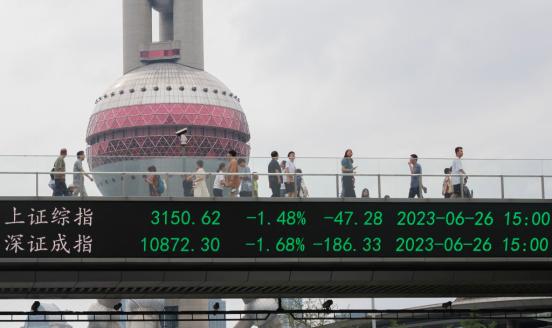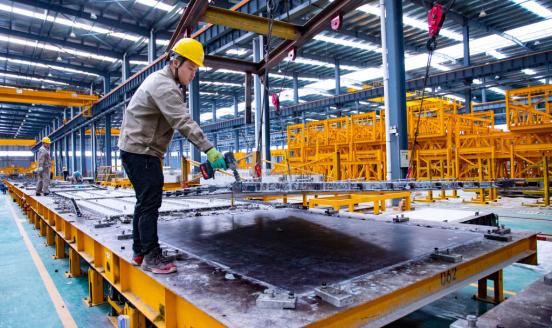China’s interest in the Juncker Plan: not so strange after all
China has recently started to express interest in the Juncker plan. There have been rumours that China would like to initially invest between €5 and €
Right after being nominated in 2014, European Commission President Jean-Claude Juncker announced a grandiose investment plan, which plans to pump €315 billion ($361 billion) into long-term projects, and the financing of SMEs and mid-caps during the next three years (2015-17).
One of the most common criticisms of the Juncker plan is that there are no new sources of public funds, and that it is just the same money being recycled (see Grégory Claeys’ recent blog). In the same vein, there is scepticism about whether the private sector will be willing to provide so much funding. So far there is seed capital of €21 billion, and national development banks have pledged €42.5 billion, which is far from the total target of €315 billion. Attempts by European officials to attract private money, especially outside Europe, have been futile.
Only recently has China started to express interest in the programme. After Li Keqiang’s comments at the Europe-China Summit on June 29 in Brussels, there have been rumours that China would like to initially invest between €5 and €10 billion. However no clarity exists yet as to how China will invest. The latter point, which could look simply operational, may well go beyond that: the more of a say that China has on the kind of project it will finance, the more eager it will be to participate. Existing investment vehicles under the Juncker plan offer financial returns but no direct stake on individual projects, meaning that at most China can choose the sector in which to invest.
The way that China has always dealt with such issues has been to include them in a broad negotiation package with Europe. In that regard, one could argue that Europe has the advantage in bilateral negotiations, after its unconditional support for the Asian Infrastructure Investment Bank (AIIB).
At the same time, Europe is negotiating an investment agreement with China, following in the footsteps of the US. The lack of progress on the US side –noticeable during Xi Jinping’s recent visit to the White House - makes it strategically important for China to close a deal with Europe. In addition, although China has clearly stepped up its investment in Europe (up to $55 billion last year according to some estimates), stock is still limited compared to Japan or the US.
Finally, China has also developed its own kind of Juncker plan, the ‘One Belt One Road Initiative’, aiming to revive the ancient trading route between Asia and Europe. With an investment plan of $40 billion through the Silk Road Infrastructure Fund, and potentially more capital from AIIB in the North and South routes of the New Silk Road, Europe has become more relevant for China’s geopolitical ambitions. One example of this trend is the recently signed memorandum of understanding on the EU-China Connectivity Platform to enhance links between China's One Belt and Road Initiative and EU initiatives such as the Trans-European Transport Network policy.
All in all, the Chinese have enough good reasons to put some of their reserves into the Juncker Plan. They may still prefer to bargain further, by pushing to have more control on the sectoral choice of their investment and access to the technology embedded in the investment. We would hope that European officials can stand those pressures and keep to the rules as they have been designed. Furthermore, compared to the actual target, the amount that China has committed so far is peanuts: even less of a reason to give in.



